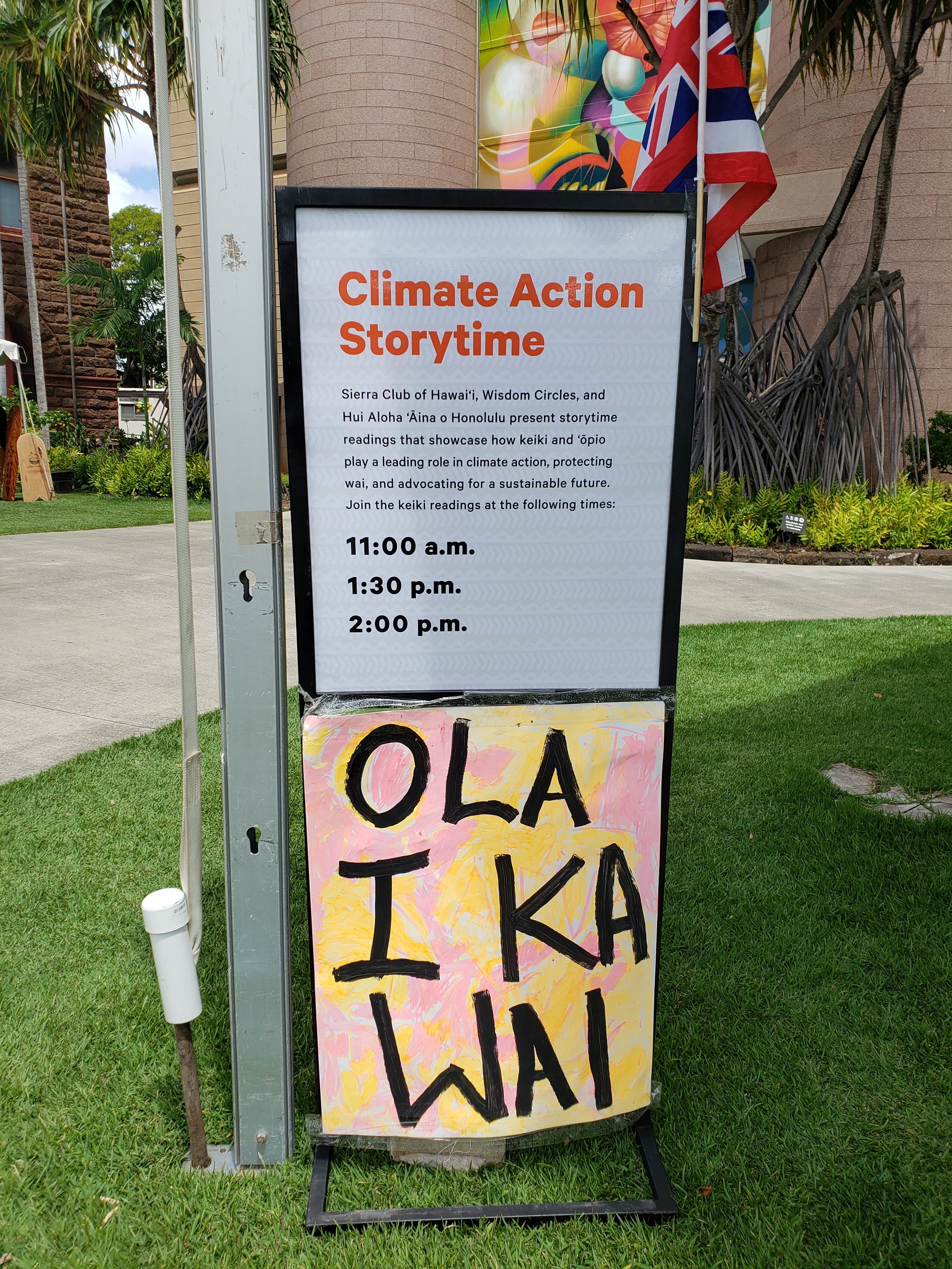Red Hill the focus of EArth Day
by Rebeka Garrison, Tanya Dreizin, and Kirsten Kagimoto | Reading time: 5 minutes
Busy end to EArth Month
For us at the Sierra Club of Hawaiʻi, April is EArth month–a jammed-pack month that breaks open a space for community to gather together and talk-story about the important ways folks of all ages and backgrounds can come together and care for ‘āina, that which feeds.
Saturday, 4.22: Tabling and Storytime! On Saturday, April 22, Bishop Museum hosted their 2023 Science and Sustainability Festival, geared towards both keiki and adults, and asked the Sierra Club of Hawaiʻi to table and discuss our work, particularly related to Red Hill. We were one of 30 community partners, whose work ranges from native plant restoration to ocean conservation to education and research, who gathered together to talk to the community of all ages about our work. We tabled in collaboration with Wisdom Circles and Hui Aloha ʻĀina o Honolulu to present storytime readings that showcase how keiki and ʻōpio play a leading role in climate action, protecting wai, and advocating for a sustainable future. We are grateful to Bishop Museum for providing the space for us to discuss our work and engage with the community - over 2100 people attended the festival! We are also grateful to all the volunteers who helped us prepare, set up and take down during this busy event. Lastly, mahalo nui to Noel Chu, who engaged keiki with her fun and interactive storytime. We had so much fun meeting community members and travelers alike, and are still in awe of how many folks turned out - we are so, so grateful for YOU and could not do this work without this supportive community.
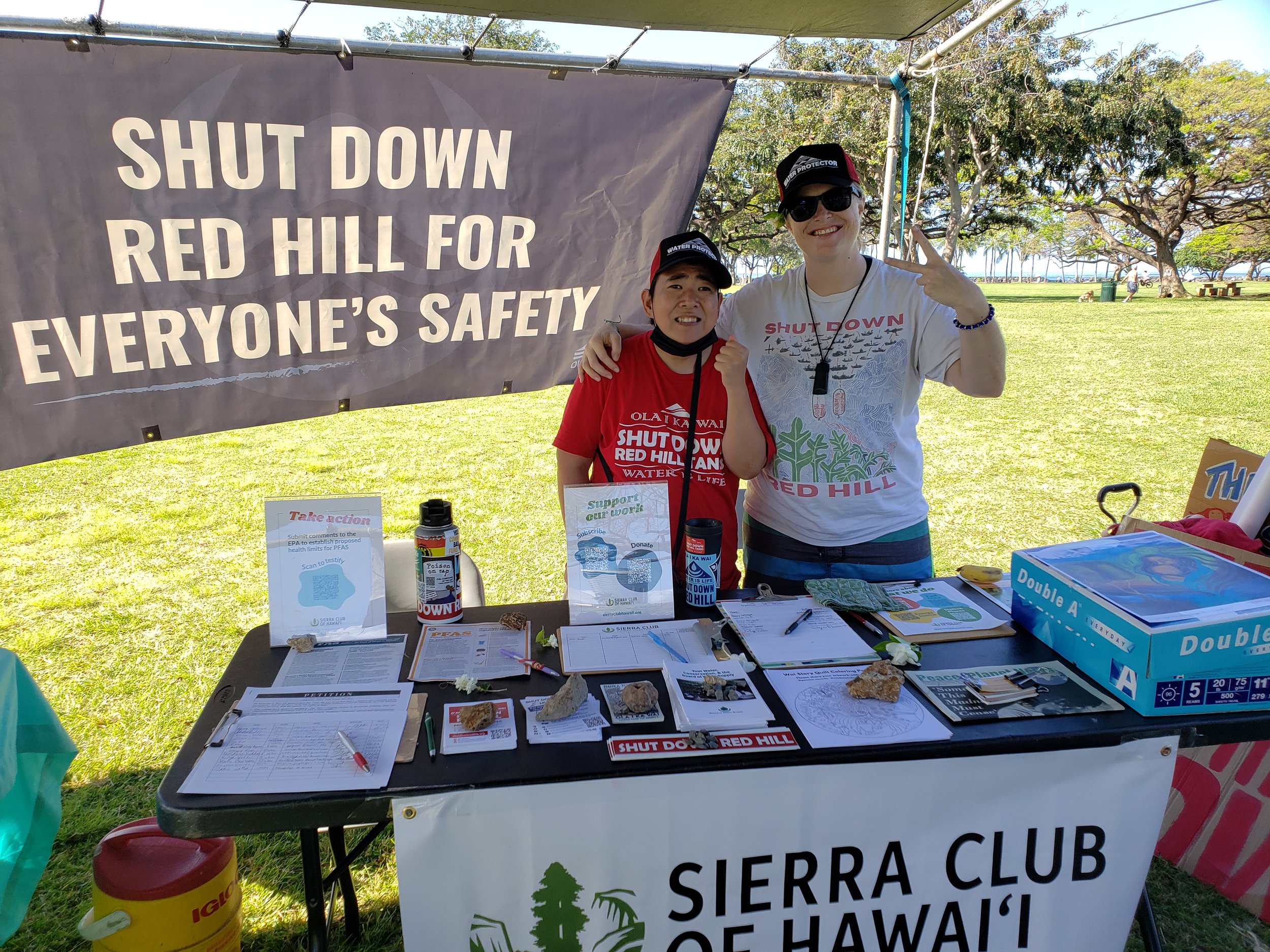
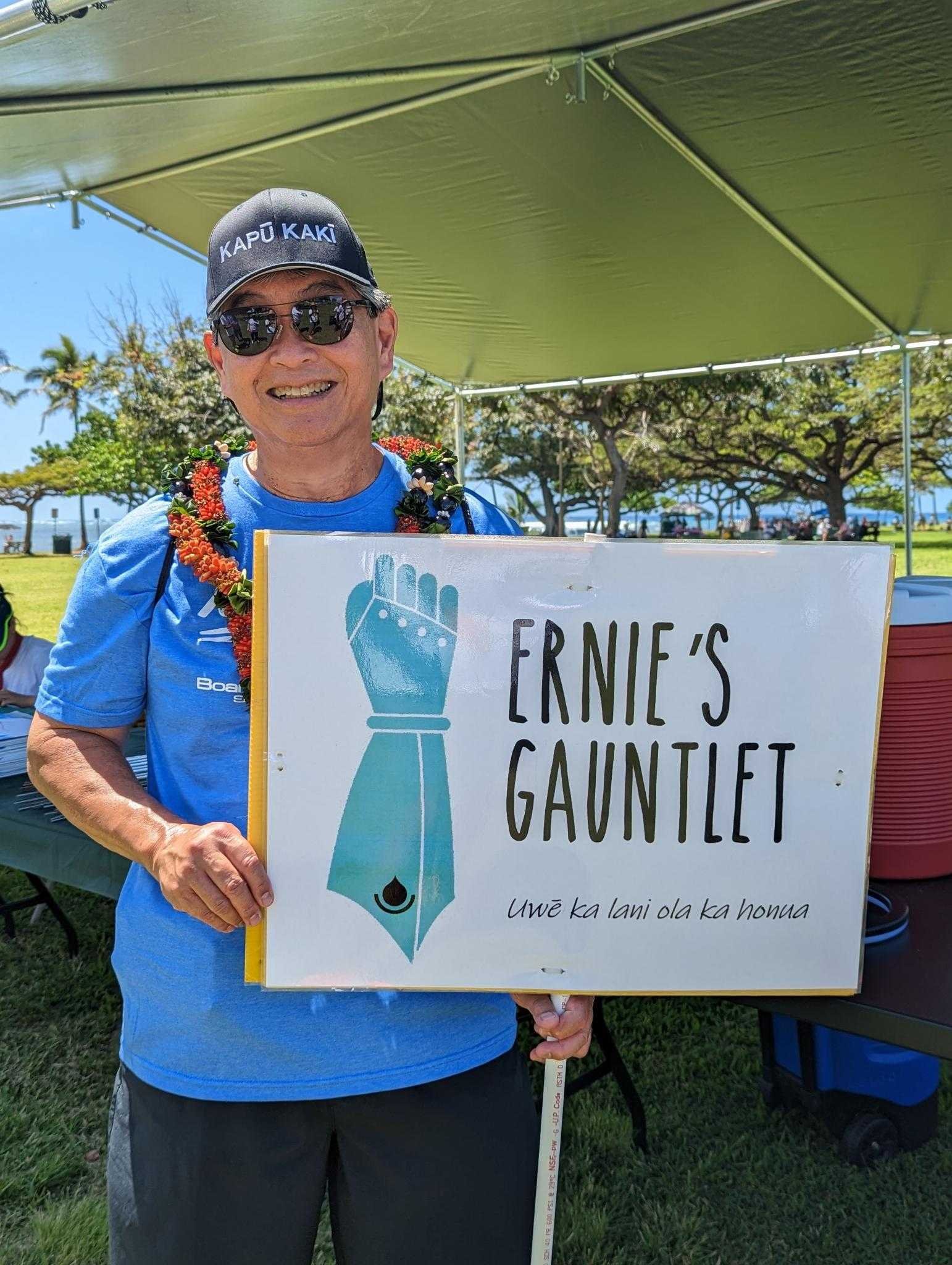

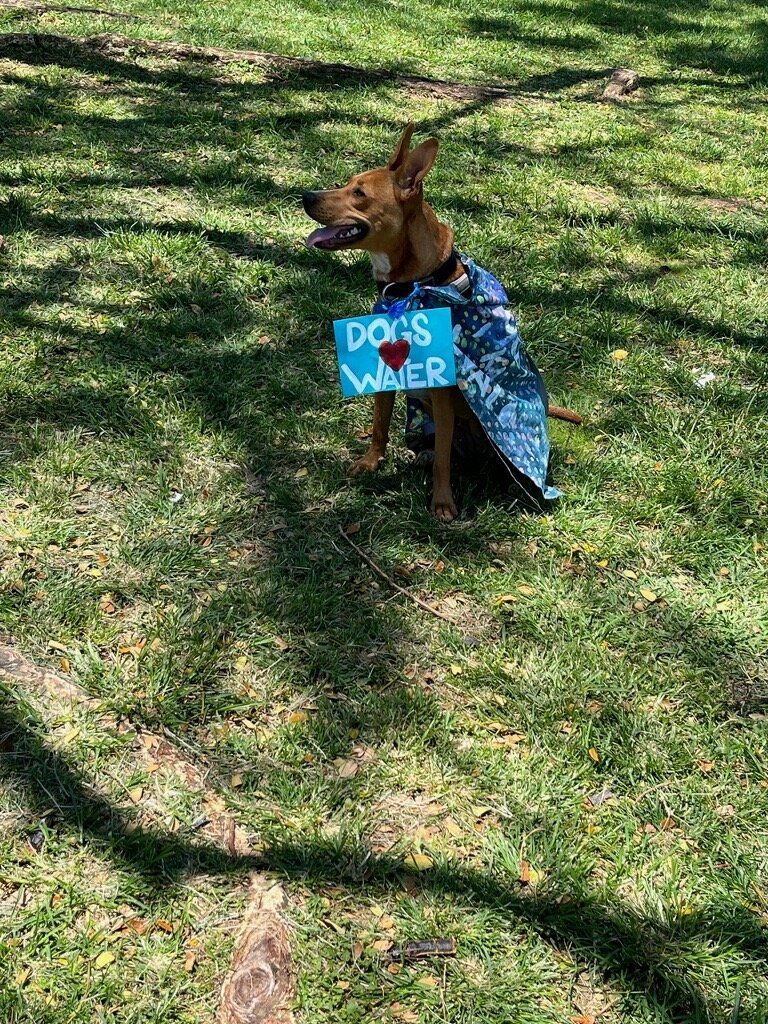


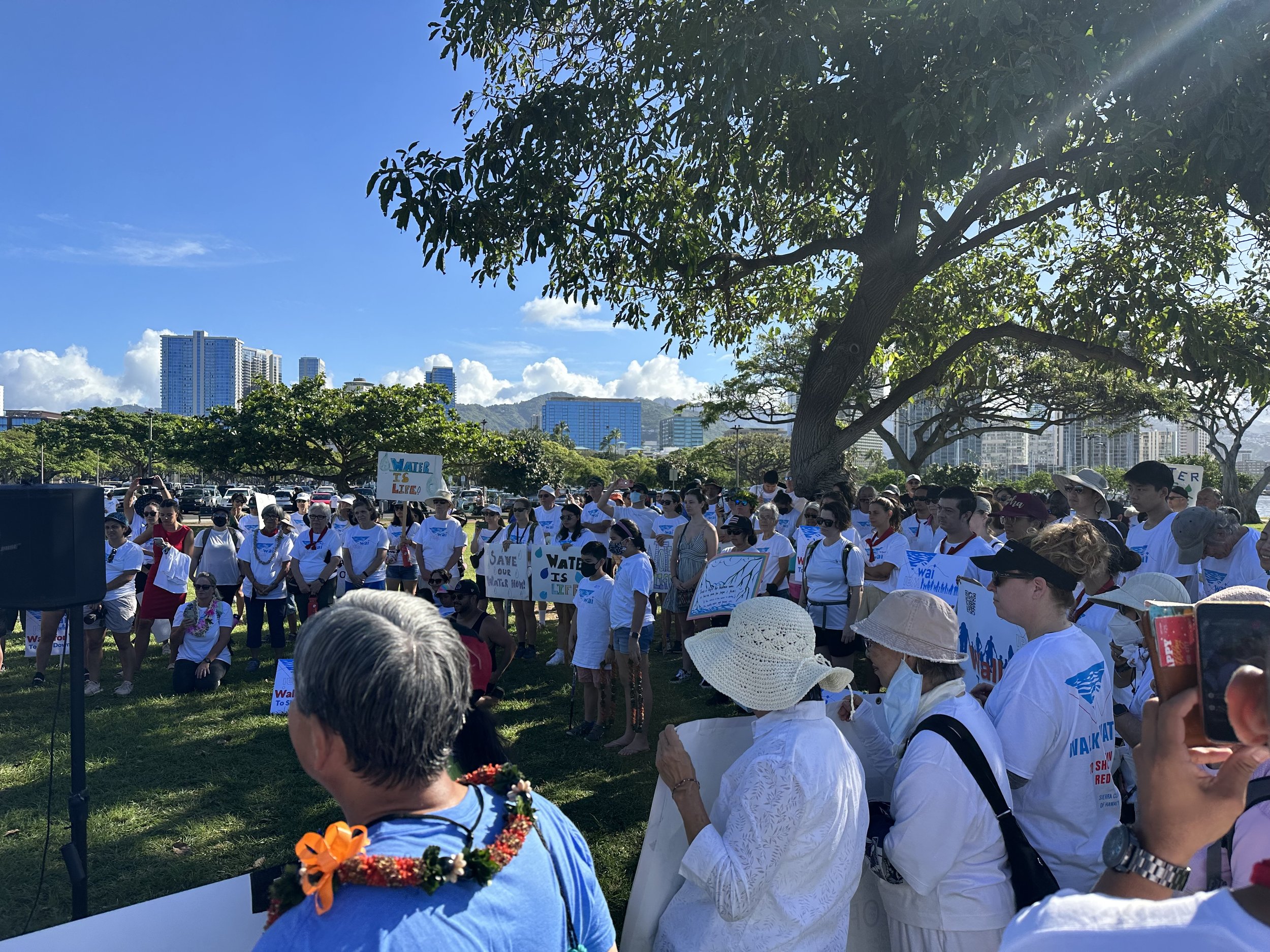
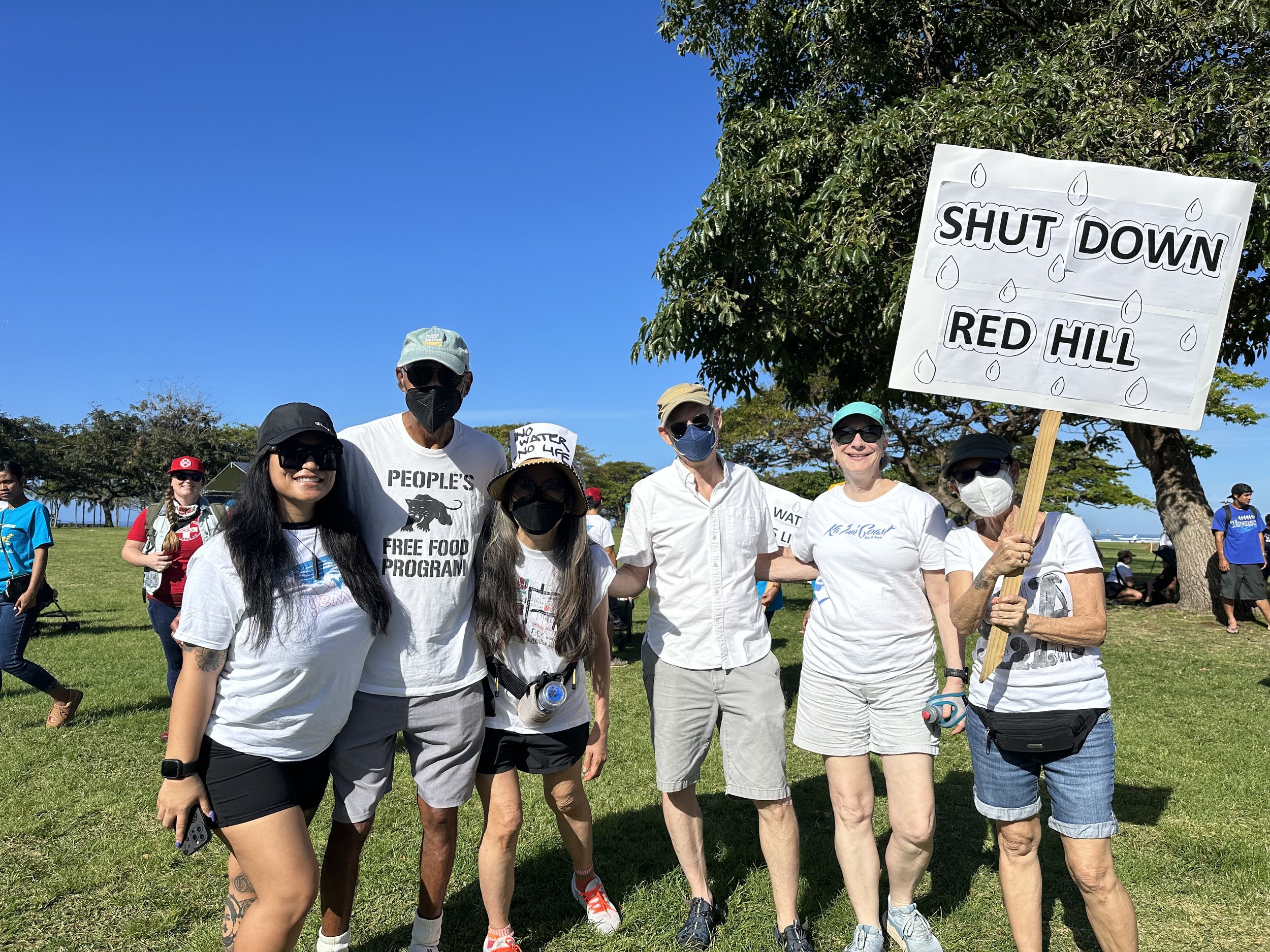

Sunday, 4.23: Walk for Water! In the early glimmers of Sunday morning, an intergenerational gathering of diverse settlers and Kānaka water protectors celebrated the life-giving waters of Kapūkakī at Ala Moana Beach Park. Organized by concerned kūpuna, the Walk for Water to Shut Down Red Hill highlighted the importance of many folks coming together to protect Oʻahu’s sole-source aquifer. With over 500 registrants and many more joining our circular path mid-stride as we laughed and chanted through sun and shade, all were welcome and the event a huge success! The morning was opened by Manu Meyer, through pule and powerful remarks that centered us for a wonderful morning walk that rejuvenated us all in this long fight for our life giving water source. A big mahalo to the kūpuna organizers and many many hands that went into the planning and execution of this memorable event. Your care is a light that reminds us that all fires begin with a spark. And, mahalo to the community for coming out, you will fuel this fire. Read more about the walk here.
Monday, 4.24: UH Mānoa Earth Day! The EArth Day-Every-Day-Month festivities spilled over onto UH Mānoa campus Monday afternoon as Sierra Club of Hawai‘i volunteers took the lead at the university’s EArth Day celebration on campus. Thank you, all, for tabling the event, talking story, and spreading awareness amongst students and faculty alike at Campus Center!
America in Crisis - Red Hill and the Ryukus, Environmental Consequences of Militarism
Join Global HOPE at UH Hilo on Thursday, May 4 from 6-7:30pm, as they present “America in Crisis - Red Hill and the Ryukus Environmental Consequences of Militarism” featuring our Chapter Organizer, Sharde Freitas, and Tatsuki Kohatsu, Doctoral Student, Department of Geography and Environment at UH Mānoa.
Inspector General says EPA not at fault for Red Hill leak, Sierra Club disagrees
On Tuesday, the Inspector General released a report relieving the US Environmental Protection Agency of any responsibility for the November 2021 fuel leak from the US Navy’s Red Hill fuel tanks that poisoned thousands. While the Navy is fully responsible for the Red Hill crisis, the Sierra Club believes the Environmental Protection Agency could have, and should have, done more to uphold its responsibility to protect the environment and people while preventing the 2021 leak.
The report indicates that the Environmental Protection Agency (EPA) could not have done more to prevent the 2021 leak, even under the Administrative Order of Consent (AOC), an agreement signed by the US Navy, EPA and Hawaiʻi Department of Health following the 2014 leak of 27,000 gallons of fuel—an agreement that’s sole purpose was to prevent any future leaks.
This is far from the truth. There are numerous instances where the EPA could have, and should have, taken measures to hold the Navy accountable for its shortcomings, especially under the AOC. The EPA itself recognized that the Navy failed to do many things, but neglected to act upon, including:
Fixing and updating its groundwater model that was (and still is) broken;
Submitting its fate and contaminant transport model (which is still missing);
Addressing the 40% inaccuracy of its tank inspection process;
Failing to inspect the majority of the tanks holding fuel for over 20 years (in some cases even 40 years);
Acknowledging its own risk assessment that found a 27.6% chance of a leak of up to 30,000 gallon leak in any given year.
There are also numerous examples of the EPA’s own inaction, including the lack of response to spikes in TPH levels (indicators of fuel contamination) in both groundwater monitoring wells and soil vapor data well after the 2014 leak, and the outrageous months-long delays of water testing data results, with results following the May 2021 spill not being reported until the winter.
Had these issues been addressed, it is possible that over 90,000 people would not have had their water poisoned by the November 2021 leak. Instead, the lack of action by the EPA reinforced the US Navy’s sense of impunity to operate the facility in an ever more deficient manner and even led the Navy to boast that the Red Hill facility exceeded “industry and regulatory standards,” pointing specifically to the AOC, just months before the May 2021 leak.
As the Navy moves through its defueling processes, it is as important as ever that the EPA does everything in its power to ensure the Red Hill tanks are defueled as quickly and as safely as possible with full transparency and public involvement.



